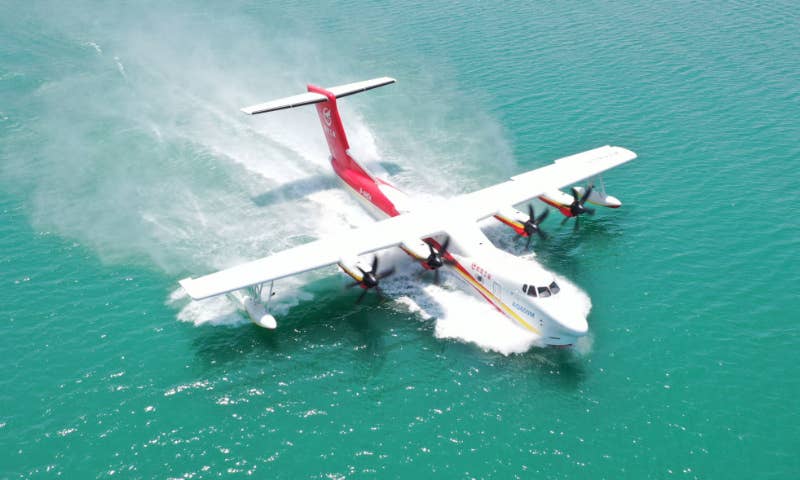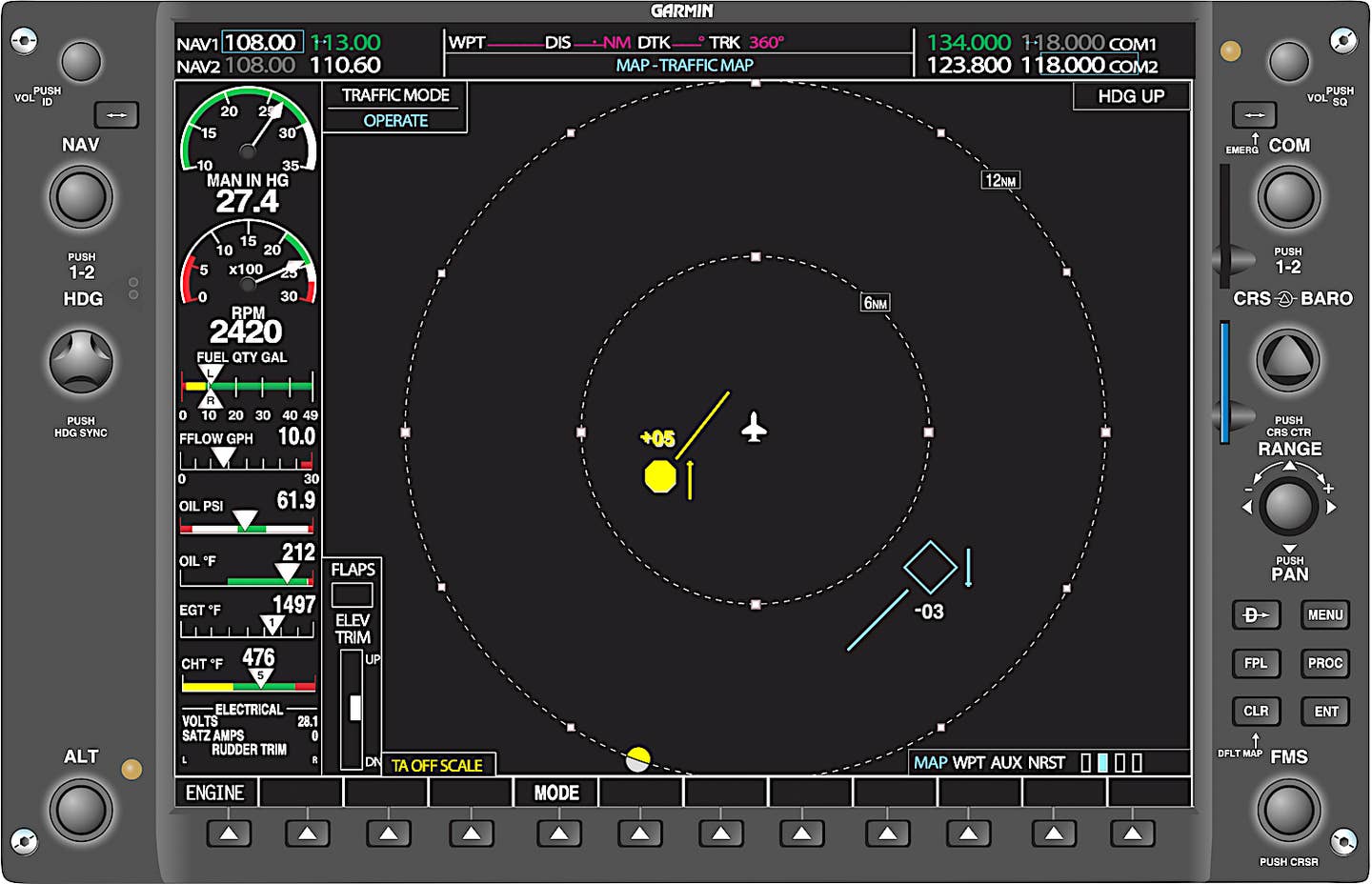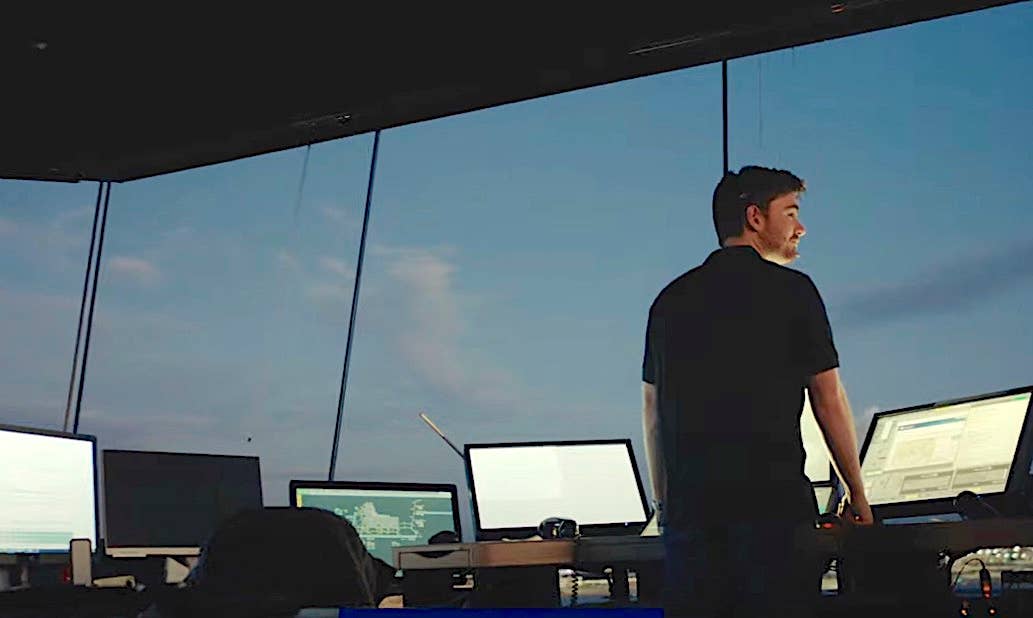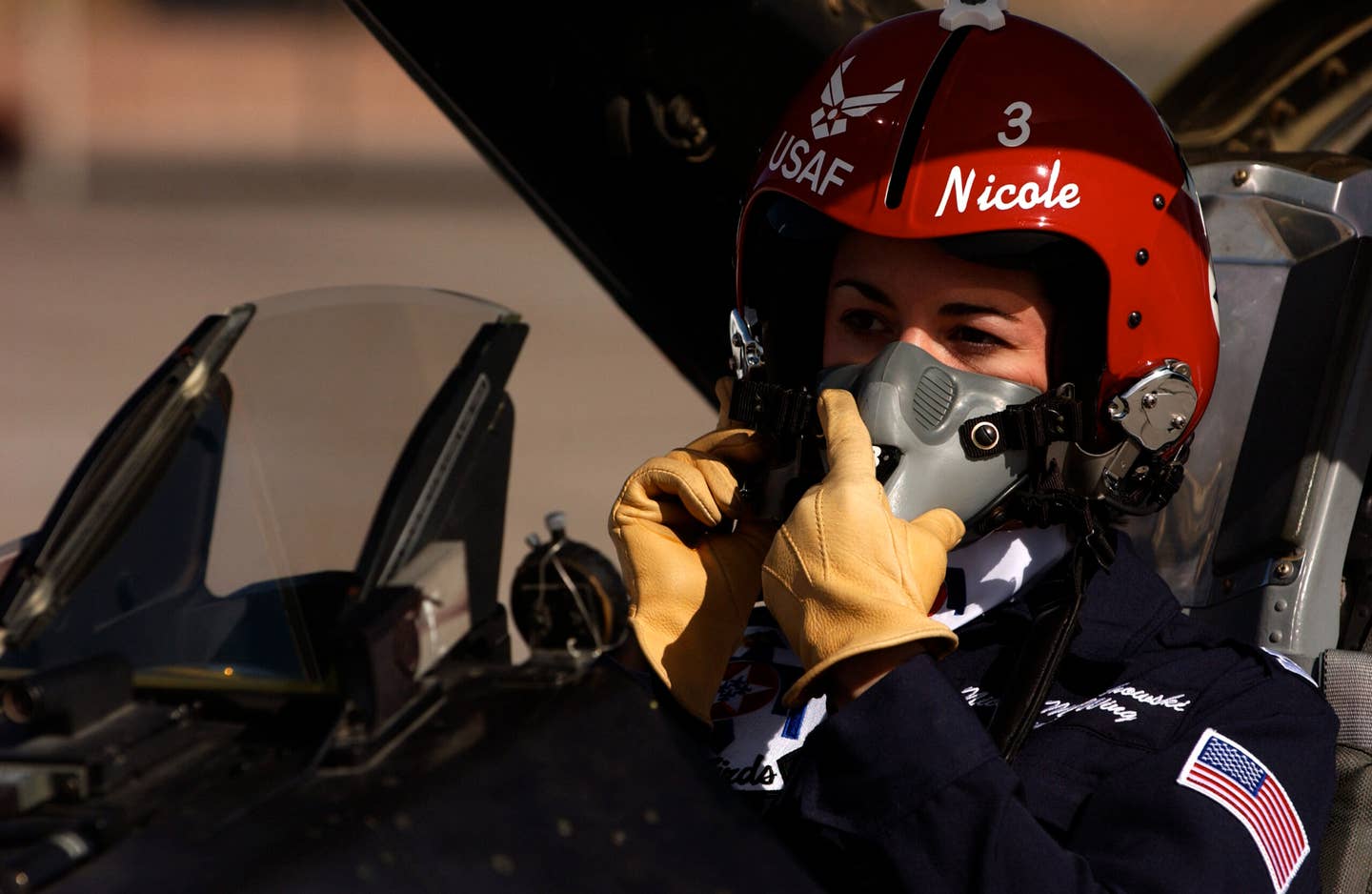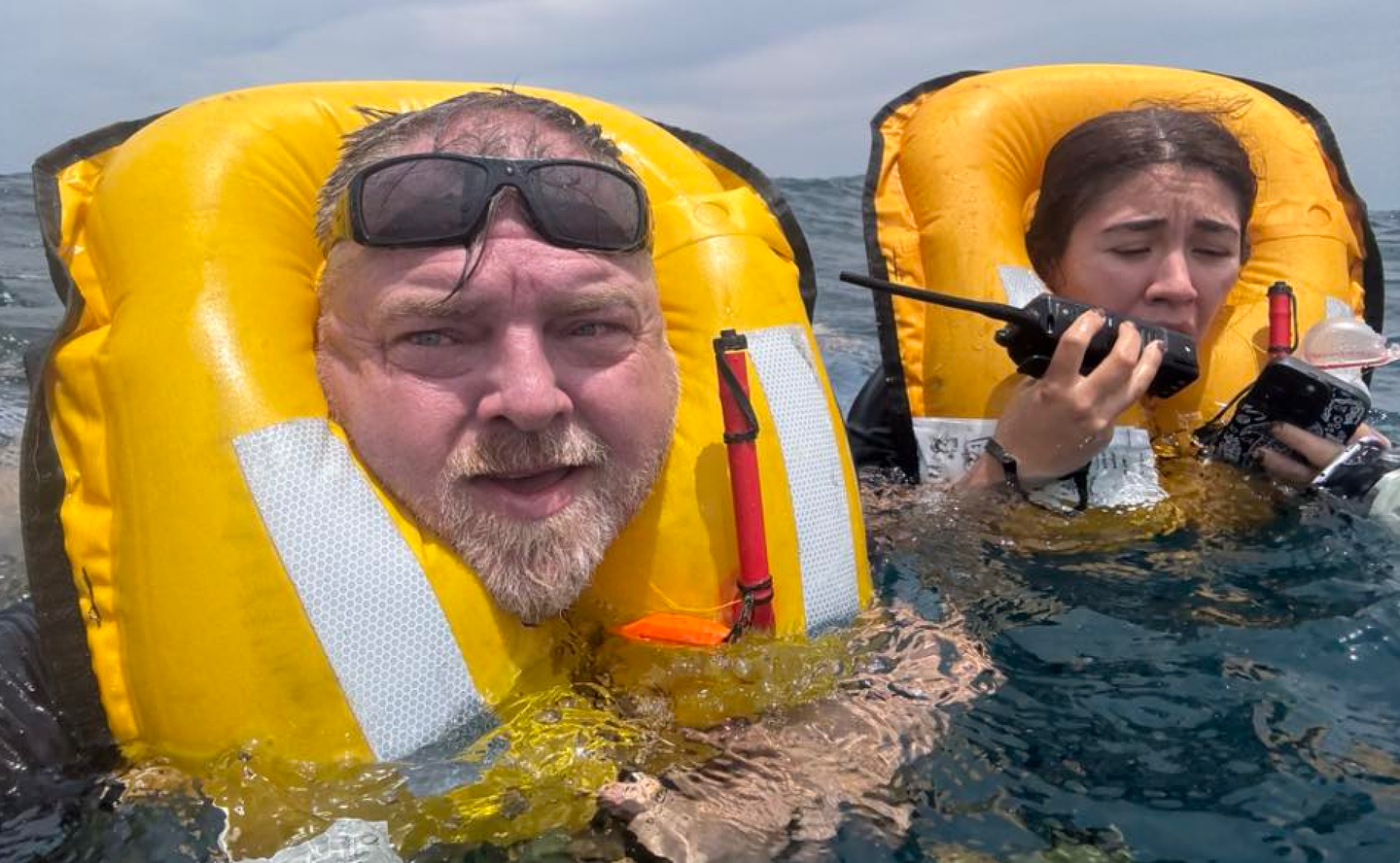FAA Investigating Failed Plane Swap
The FAA is investigating a made-for-streaming Red Bull stunt over the Arizona desert that went awry on Sunday. The agency told AVweb late Sunday that it had earlier rejected a…
The FAA is investigating a made-for-streaming Red Bull stunt over the Arizona desert that went awry on Sunday. The agency told AVweb late Sunday that it had earlier rejected a request for an exemption from FAA regulations by organizers of the stunt. "The FAA will investigate Sunday evening’s attempted Red Bull Plane Swap in Arizona. One of the two single-engine Cessna 182 aircraft used in the stunt crashed after it spun out of control. The pilot landed safely by parachute. The other pilot regained control of the second aircraft and landed safely. The agency on Friday denied the organizer’s request for an exemption from Federal regulations that cover the safe operation of an aircraft," the agency said in a statement to AVweb.
In the denial letter, the agency says it can see no public interest being served in the stunt and it also said the stunt might affect public safety. It has apparently refused permission for similar actions in the past but in those cases it was to simulate a crash landing. The organizers specifically asked for relief from 91.105(a)(1), which says someone has to be in the cockpit when the plane is in flight. The FAA says the stunt actually violated other regs, too.
Cousins Luke Aikins and Andy Farrington were attempting to each exit their own modified Cessna 182 in a dive and maneuver to the other’s unoccupied aircraft and regain control of it. Aikins managed to get into Farrington’s aircraft but his own plane began spiraling out of control and Farrington had to parachute to safety. The stunt was put on by Red Bull and the streaming service Hulu organized the live stream. Anyone who wanted to watch it live had to sign up for a trial of Hulu. The entire three-hour flight was released by Red Bull after the stunt and the main event starts at about 2:33:00
The pilots have been working on the stunt for several months and installed belly-mounted speed brakes on the 182s that were supposed to stabilize the aircraft in the uncrewed portion of the dive. The autopilot had also been modified to hold the planes in a steady dive. It’s not clear what went wrong. It also wasn't immediately clear where the crashed aircraft ended up.

